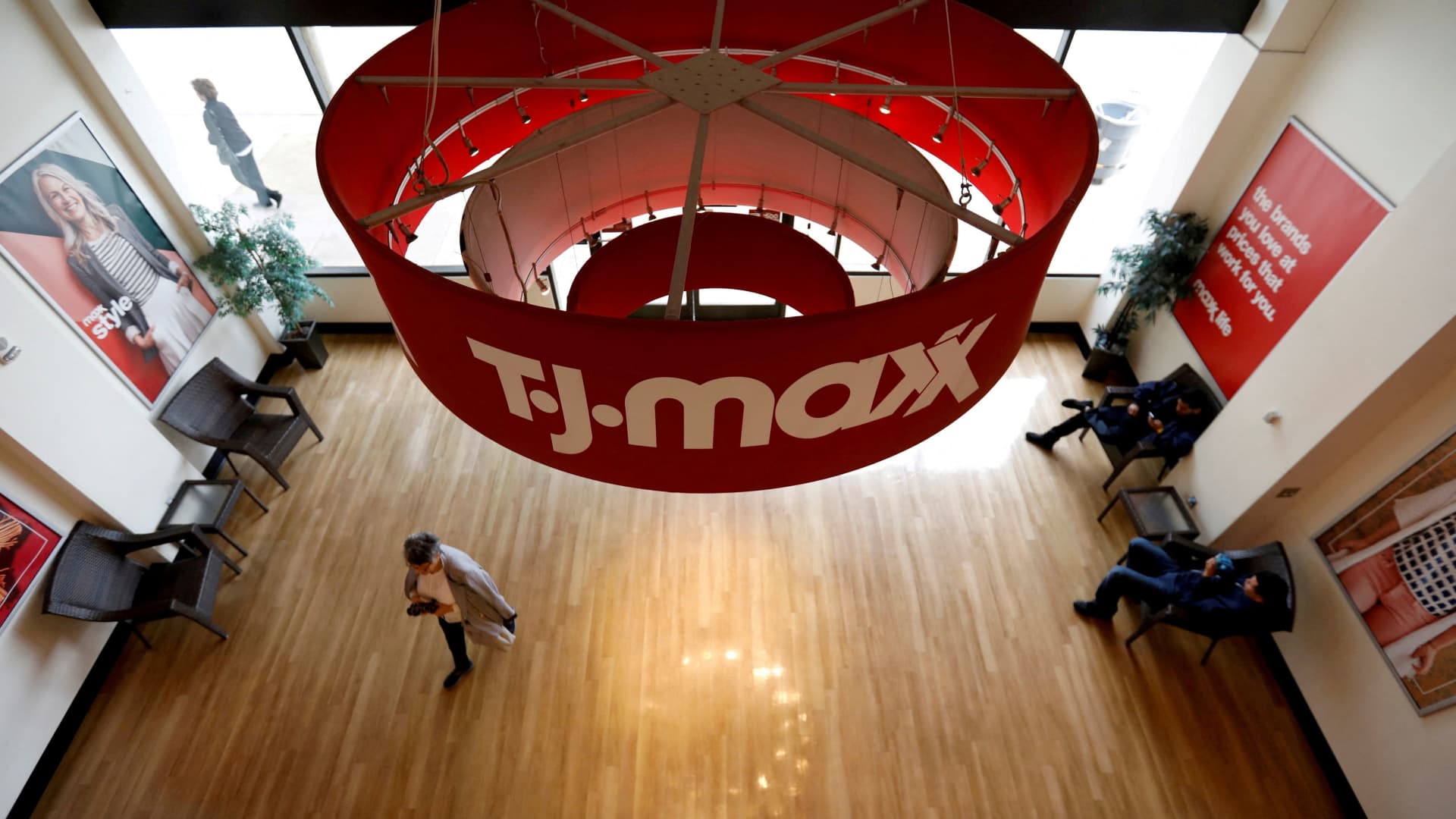Yum Brands on Wednesday reported mixed quarterly results as Covid lockdowns in China weighed on KFC’s and Pizza Hut’s sales.
Taco Bell, however, reported stronger same-store sales growth in the U.S., fueled by higher menu prices. It has a much smaller international presence than its sister chains.
Here’s what the company reported compared with what Wall Street was expecting, based on a survey of analysts by Refinitiv:
- Earnings per share: $1.05 adjusted vs. $1.09 expected
- Revenue: $1.64 billion, in line with expectations
Net sales for the quarter rose 2% from a year ago to $1.64 billion. The company’s global same-store sales rose 1%, dragged down by Covid lockdowns in China. Excluding China, it reported same-store sales growth of 6%.
KFC’s global same-store sales declined 1%. China is the fried chicken chain’s largest market, accounting for more than a quarter of its sales. In the United States, its second-largest market, same-store sales fell 7%. Yum executives said on a conference call that the chain was facing tough comparisons with the year-ago period when it released a revamped chicken sandwich.
Likewise, Pizza Hut also saw falling sales in the U.S. and China. The chain’s global same-store sales declined 3% as U.S. demand for its pizza softened and sales in China plummeted 14%, excluding foreign currency changes.
Yum said consumers globally are growing more cautious, pushing the restaurant company to lean more on value offerings worldwide.
“If you look at the U.S., I think what’s happened over the last quarter is that the low-income consumer pulling back has become more pronounced,” Yum CEO David Gibbs said.
Taco Bell was the only Yum chain to report global same-store sales growth. Its restaurants saw same-store sales increase 8%, fueled by price hikes. Traffic to restaurants was flat, which Gibbs said showed the chain’s customers haven’t yet been turned off by higher menu prices.
The chain also benefited from its popular Mexican Pizza promotion, which sold out much earlier than expected. The chain plans to bring the menu item back in September as a permanent addition. Taco Bell’s margins were unchanged from the year earlier, showing that it has successfully mitigated inflation through price hikes.
For the three months ended June 30, Yum reported net income of $224 million, or 77 cents per share, down from $391 million, or $1.29 per share, a year earlier.
Excluding the impact of pulling out of Russia, refranchising gains and other items, the restaurant company earned $1.05 per share in the second quarter.
Since March, Yum has suspended any investment and development in Russia due to the Kremlin’s invasion of Ukraine. The company has redirected any profits from the business to humanitarian causes as it searches for new owners for its Russian restaurants. In June, it completed the sale of its Russian Pizza Hut business to an operator that will rebrand the locations.
The company said Wednesday it’s in the “advanced stages” of selling off its KFC business in Russia. After that process is completed, Yum will have exited Russia entirely. The market accounted for 2% of Yum’s systemwide sales in 2021.
Yum’s total restaurant count fell by 702 locations during the quarter. The company eliminated 1,165 Russian locations from its system, offsetting the 463 net new units it opened.




